Best Fertilizer for Peppers: A Comprehensive Guide
Introduction
Growing healthy, vibrant pepper plants requires attention to several factors, with one of the most critical being fertilization. Choosing the best fertilizer for peppers can make a significant difference in the quality and quantity of your harvest. In this guide, we will explore the various types of fertilizers, their benefits, and how to use them effectively to maximize your pepper yield.
Understanding Pepper Plant Nutritional Needs
Before diving into the types of fertilizers, it’s essential to understand the nutritional needs of pepper plants. Peppers, like most vegetables, require a balanced diet of macronutrients—nitrogen (N), phosphorus (P), and potassium (K). Additionally, they benefit from micronutrients such as calcium, magnesium, and sulfur.
- Nitrogen (N): Promotes leafy growth and overall plant vigor. However, too much nitrogen can lead to lush foliage with few fruits.
- Phosphorus (P): Essential for root development and flowering, which directly impacts fruit production.
- Potassium (K): Helps in the overall development of the plant and enhances disease resistance. It also plays a crucial role in fruit quality, affecting size, color, and taste.
Micronutrients, while needed in smaller amounts, are just as important. A deficiency in calcium, for instance, can lead to blossom end rot, a common problem in pepper plants.
Types of Fertilizers for Peppers
Fertilizers come in various forms, each with its own advantages and applications. The primary categories include organic, inorganic (synthetic), and slow-release fertilizers.
- Organic Fertilizers Organic fertilizers are derived from natural sources such as compost, manure, bone meal, and fish emulsion. These fertilizers are popular among gardeners who prefer an eco-friendly approach to gardening.
- Compost: Rich in organic matter, compost improves soil structure, promotes beneficial microbial activity, and provides a balanced nutrient supply. Compost can be homemade or purchased from garden centers. It’s particularly beneficial when used as a soil amendment before planting.
- Manure: Well-aged manure from cows, chickens, or horses is an excellent source of nutrients. It is essential to use well-composted manure to avoid burning the plants due to high nitrogen content.
- Bone Meal: Bone meal is a slow-release fertilizer that is high in phosphorus, making it ideal for promoting strong root systems and flowering. It’s especially useful when preparing the planting site.
- Fish Emulsion: This liquid fertilizer is high in nitrogen and can be used as a quick-acting nutrient boost. It’s suitable for use throughout the growing season, especially during the vegetative stage of pepper growth.
- Worm Castings: Rich in essential nutrients and beneficial microorganisms, worm castings are an excellent soil amendment. They improve soil structure and nutrient availability, leading to healthier pepper plants.
- Inorganic (Synthetic) Fertilizers Synthetic fertilizers are chemically formulated to provide a specific balance of nutrients. They are often used for their convenience and quick results.
- Balanced Fertilizers (e.g., 10-10-10): These fertilizers contain equal parts of nitrogen, phosphorus, and potassium. They are ideal for general-purpose feeding and can be used throughout the growing season.
- High-Phosphorus Fertilizers (e.g., 5-10-5): With a higher phosphorus content, these fertilizers promote flowering and fruiting. They are particularly useful during the blooming stage of pepper growth.
- High-Potassium Fertilizers (e.g., 5-5-10): Potassium-rich fertilizers are ideal for the fruiting stage, improving fruit quality and disease resistance.
- Liquid Fertilizers: Available in various nutrient ratios, liquid fertilizers are easy to apply and are quickly absorbed by plants. They are suitable for regular feeding and can be used as foliar sprays for immediate nutrient uptake.
- Slow-Release Fertilizers Slow-release fertilizers are coated with a material that controls the release of nutrients over time. This type of fertilizer provides a steady supply of nutrients, reducing the need for frequent applications.
- Granular Slow-Release Fertilizers: These fertilizers are applied to the soil, where they gradually release nutrients over several months. They are convenient for busy gardeners who may not have time for regular feeding.
- Organic Slow-Release Fertilizers: Organic materials like compost and manure also act as slow-release fertilizers, breaking down gradually and feeding the plants over time.
Best Fertilizer for Each Stage of Pepper Growth
Pepper plants go through several stages of growth, each with different nutritional requirements. Understanding these stages will help you choose the best fertilizer for optimal results.
- Seedling Stage During the seedling stage, pepper plants require a balanced fertilizer that promotes healthy root development and vigorous growth. A high-phosphorus fertilizer, such as a 5-10-5 blend, is ideal. You can start feeding seedlings once they have developed a few true leaves.
- Recommended Fertilizer: Fish emulsion diluted to half strength or a balanced liquid fertilizer like 10-10-10.
- Vegetative Stage In the vegetative stage, the focus shifts to promoting leafy growth and strong stems. A nitrogen-rich fertilizer is beneficial at this stage. However, be cautious not to over-fertilize, as excessive nitrogen can lead to lush foliage at the expense of fruit production.
- Recommended Fertilizer: Compost tea, worm castings, or a balanced fertilizer like 10-10-10.
- Flowering Stage As the plants enter the flowering stage, the need for phosphorus increases. Phosphorus supports the development of flowers, which will eventually turn into fruit. A high-phosphorus fertilizer is ideal during this stage.
- Recommended Fertilizer: Bone meal, high-phosphorus fertilizer like 5-10-5, or organic options like bat guano.
- Fruiting Stage During the fruiting stage, potassium becomes critical for fruit development and quality. A fertilizer with a higher potassium content will help produce larger, tastier peppers.
- Recommended Fertilizer: High-potassium fertilizer like 5-5-10, potassium sulfate, or wood ash (used sparingly).
How to Apply Fertilizer for Peppers
Knowing how and when to apply fertilizer is as important as choosing the right type. Here are some general guidelines for fertilizing pepper plants:
- Soil Testing Before applying any fertilizer, it’s a good idea to test your soil. Soil tests provide valuable information about the existing nutrient levels and pH, allowing you to tailor your fertilization plan accordingly.
- Pre-Planting Preparation Before planting your peppers, incorporate compost or well-aged manure into the soil. This will enrich the soil with organic matter and provide a slow-release source of nutrients throughout the growing season.
- Fertilizing Seedlings Begin feeding pepper seedlings once they have developed a few true leaves. Use a diluted liquid fertilizer to avoid overwhelming the young plants.
- Side-Dressing Side-dressing involves applying fertilizer to the soil around the base of the plants. This method is particularly effective during the vegetative and fruiting stages. Apply the fertilizer evenly around the plants, avoiding direct contact with the stems to prevent burning.
- Foliar Feeding Foliar feeding is the practice of applying liquid fertilizer directly to the leaves. This method provides a quick nutrient boost and is particularly useful if you notice signs of nutrient deficiencies. Use a diluted liquid fertilizer and spray it on the leaves early in the morning or late in the evening to prevent sunburn.
- Timing The timing of fertilizer applications is crucial for optimal growth. Generally, fertilize pepper plants every 4-6 weeks during the growing season. However, this frequency may vary depending on the type of fertilizer used and the specific needs of your plants.
- Watering After Fertilizing After applying fertilizer, water the plants thoroughly. This helps the nutrients to penetrate the soil and reach the plant roots.
Common Fertilization Mistakes to Avoid
Even with the best intentions, it’s easy to make mistakes when fertilizing pepper plants. Here are some common pitfalls to watch out for:
- Over-Fertilization Over-fertilizing is a common mistake that can lead to nutrient imbalances, reduced fruit production, and even plant damage. Always follow the recommended application rates on the fertilizer label.
- Under-Fertilization While over-fertilization is harmful, under-fertilization can also limit plant growth and fruit production. Ensure your peppers receive a steady supply of nutrients throughout the growing season.
- Ignoring Soil pH Soil pH plays a critical role in nutrient availability. Peppers prefer slightly acidic soil with a pH between 6.0 and 7.0. If the pH is too high or too low, the plants may struggle to absorb nutrients, even if you’re providing adequate fertilizer.
- Applying Fertilizer Incorrectly Applying fertilizer too close to the plant stem can cause root burn. Always apply fertilizer evenly around the base of the plants and water it in thoroughly.
- Neglecting Micronutrients While macronutrients are essential, don’t overlook the importance of micronutrients. Deficiencies in calcium, magnesium, or other micronutrients can lead to specific issues like blossom end rot or poor fruit quality.
Organic vs. Synthetic Fertilizers: Which Is Better?
The debate between organic and synthetic fertilizers is ongoing, with strong arguments on both sides. The best choice depends on your gardening philosophy, the specific needs of your pepper plants, and your local growing conditions.
- Organic Fertilizers: Organic fertilizers are environmentally friendly and improve soil health over time. They release nutrients slowly, reducing the risk of over-fertilization. However, they may require more effort to apply and may not provide immediate results.
- Synthetic Fertilizers: Synthetic fertilizers are convenient and provide quick results. They are often formulated to deliver precise nutrient ratios, which can be beneficial for targeted feeding. However, overuse can lead to nutrient runoff and soil degradation over time.
For most home gardeners, a balanced approach that combines the benefits of both organic and synthetic fertilizers may be the best option. For instance, you can use organic compost to improve soil health and supplement it with a synthetic fertilizer during critical growth stages.
Conclusion
Choosing the best fertilizer for peppers involves understanding the nutritional needs of your plants and selecting the right product for each growth stage. Whether you opt for organic, synthetic, or a combination of both, the key is to provide a balanced diet that supports healthy growth, flowering, and fruit production.
By following the guidelines in this article, you can ensure that your pepper plants receive the nutrients they need to thrive, resulting in a bountiful harvest of delicious, vibrant peppers. Remember to monitor your plants regularly, adjust your fertilization plan as needed, and enjoy the fruits of your labor!


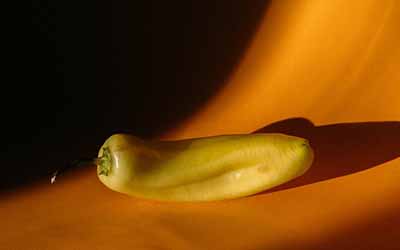

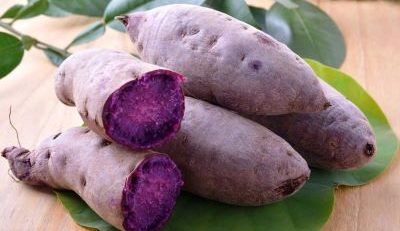

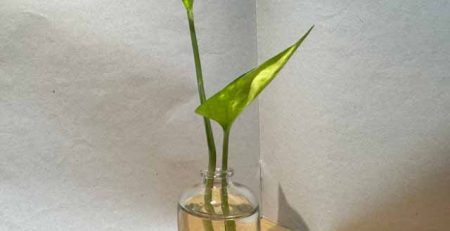

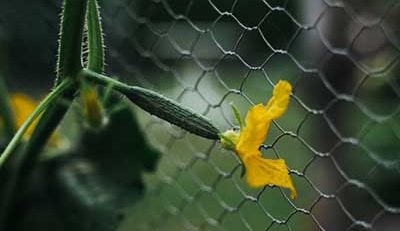
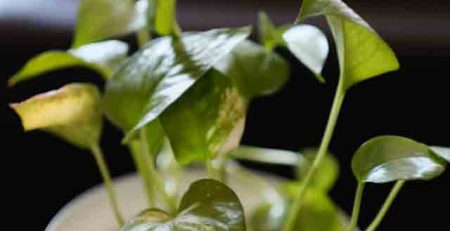
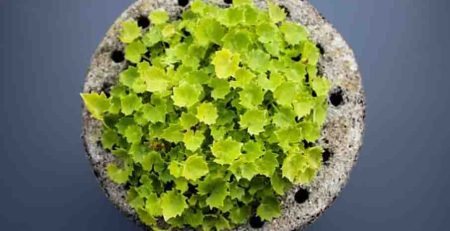
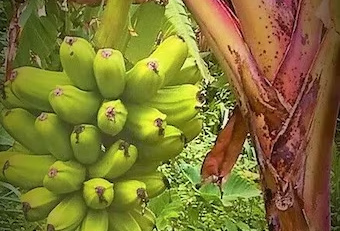

Leave a Reply